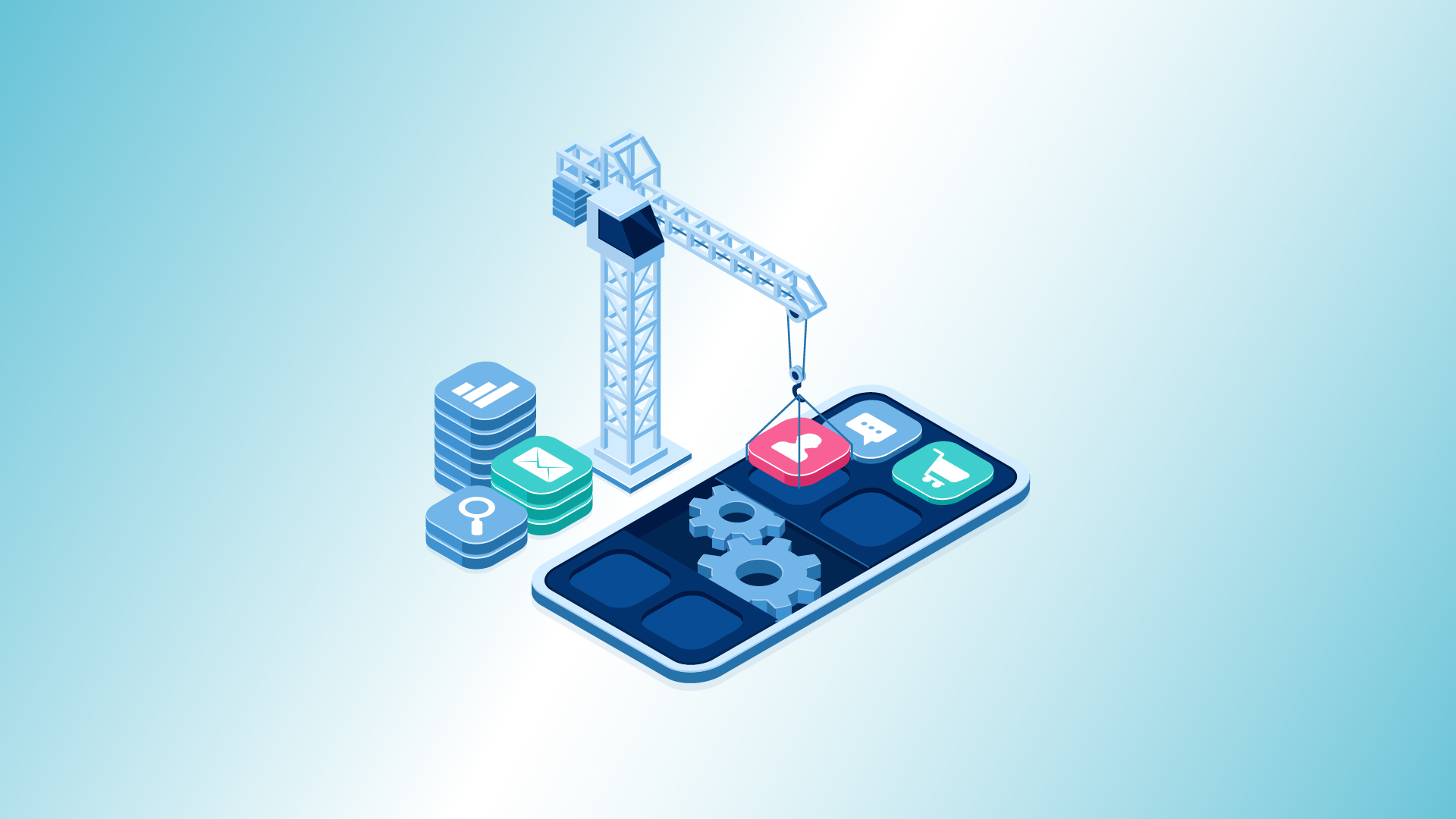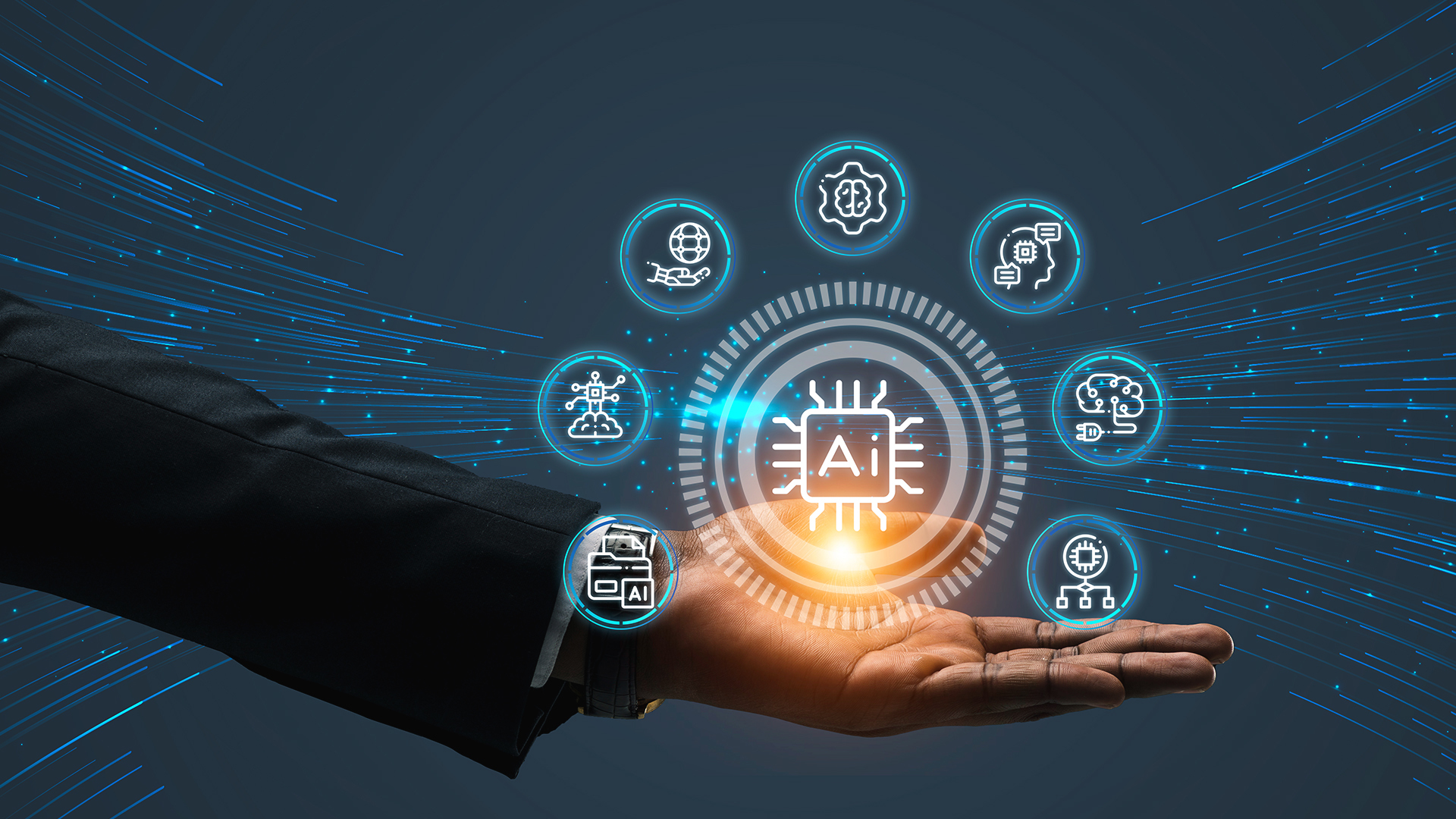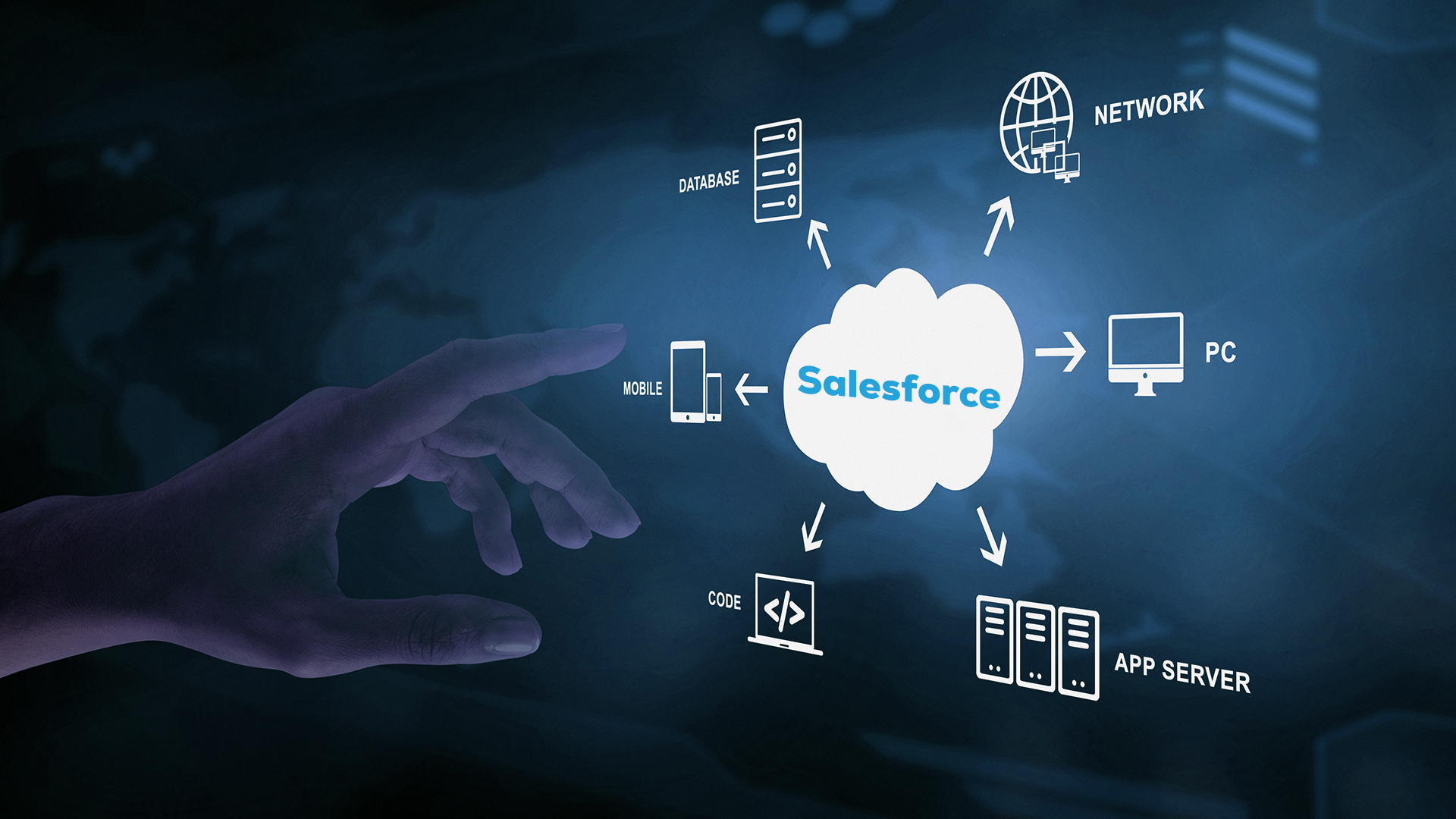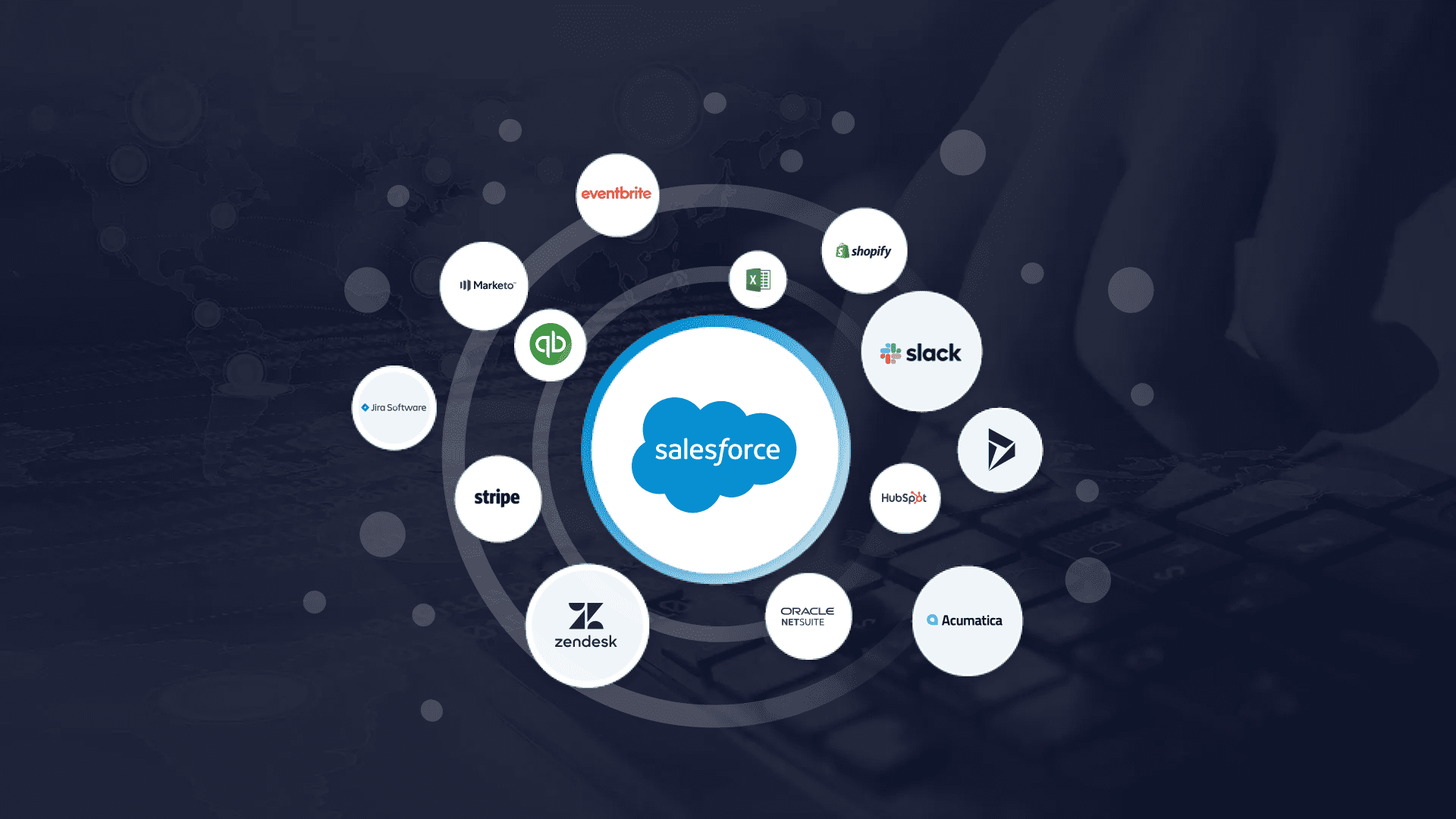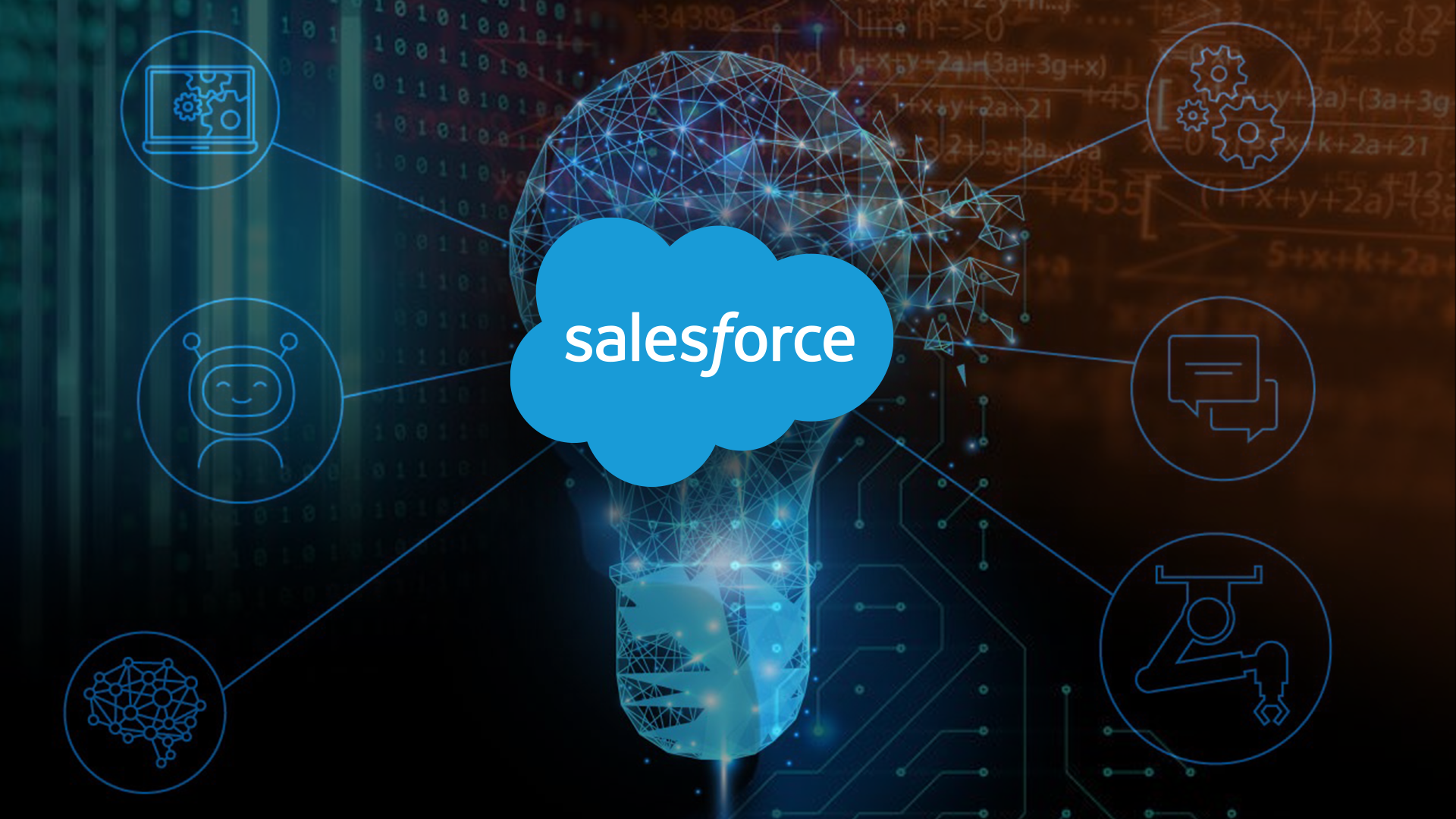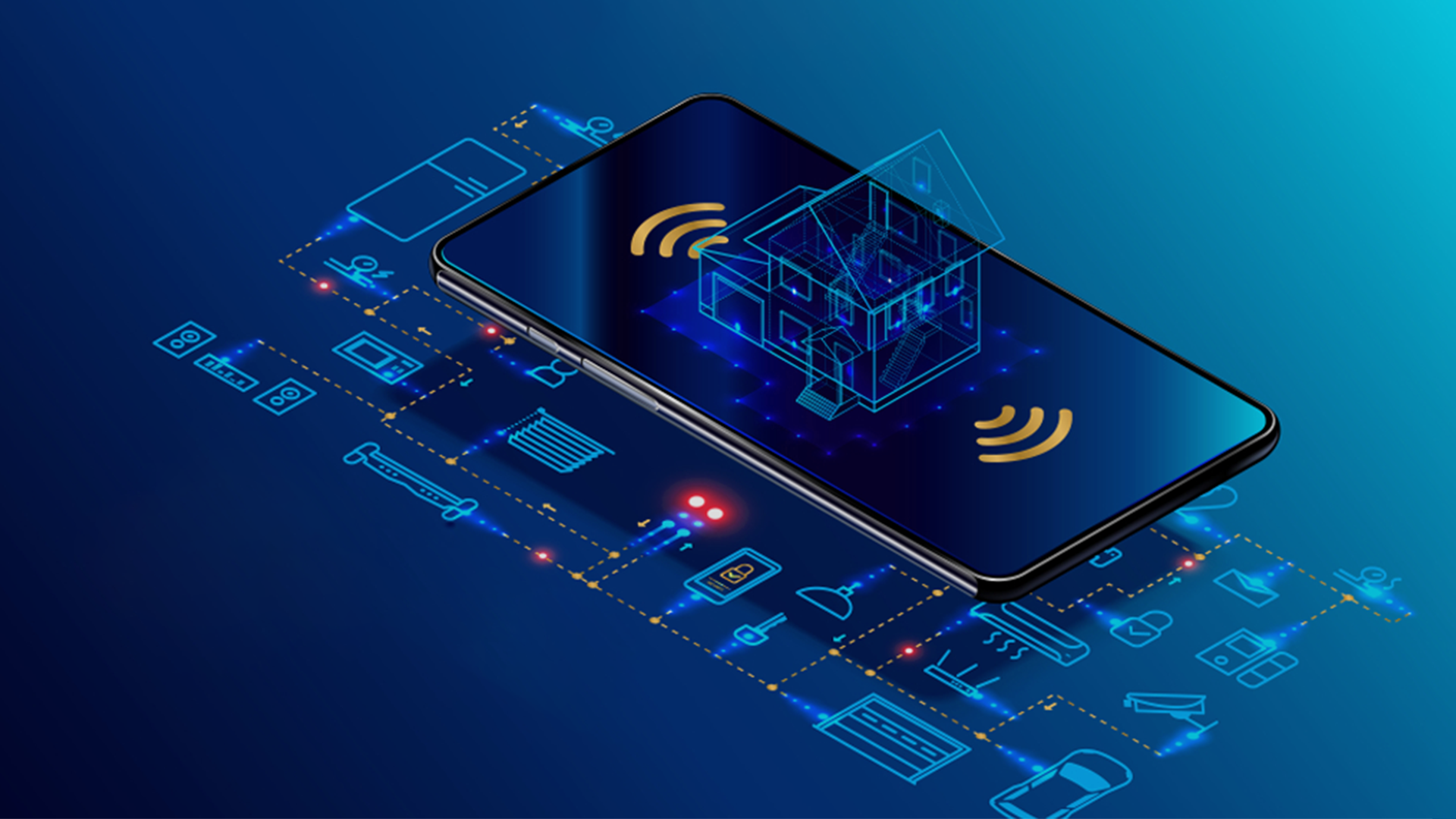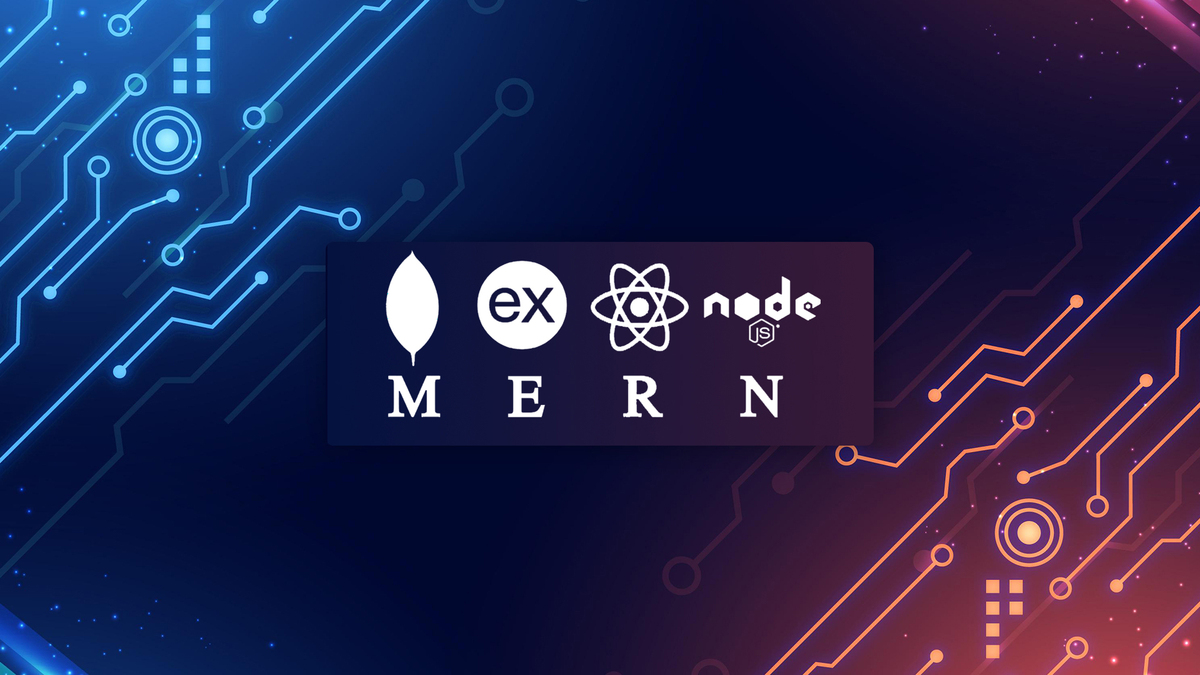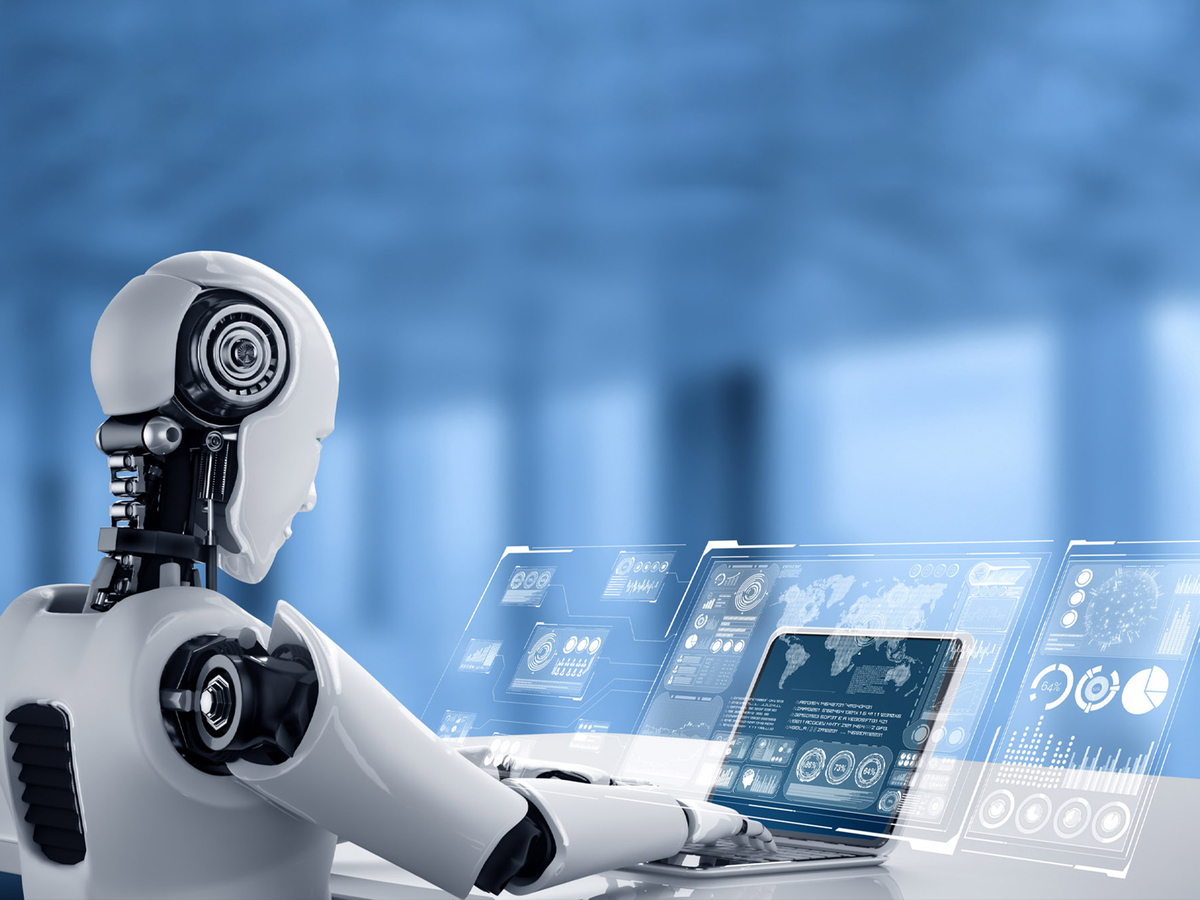In real life, AI is more positive and grounded. While AI has not reached the level of assembling gadgets yet, it has made the world a better place by solving many complex problems.
Artificial Intelligence is now present almost in every aspect of our lives and is playing an important role whether we are using it for getting directions while driving, TV/ show/ movie suggestions, or music recommendations. In this blog, we will talk about six such real-world problems effectively solved by AI.
Let’s begin:
Online shopping made easy
AI (Artificial Intelligence) is a completely automated, intelligent system that can help shoppers find exactly what they need. Shopping online for a product without understanding its name became a nightmare a few years ago. It took hours to discover that product from the catalog.
However, all way to AI traits like the predictive era, things are completely exceptional in recent times. When you search for a product in spite of a vague question, heaps of search effects appear in the blink of an eye.
We even get pointers based on our searches like these engines. Google can study our thoughts. It seems that the entirety we need isn’t too some distance anymore.
Consumer queries resolved faster & more accurately
The biggest challenge among businesses is to ensure the queries of their consumers are resolved on time. Things become even tougher when you are a big organization with millions of customers.
Companies are now developing their Electronic virtual assistants, an AI-based chatbot that can provide simple answers in less than 0.4 seconds by collecting knowledge from thousands of resources.
The virtual assistant has been responsible for addressing 3 million queries, interacting with half a million unique users, and holding over half a million conversations.
Frauds prevented
Tracing and stopping frauds have usually been a massive project that AI is assisting us to overcome. Organizations are using AI solutions to prevent fraud and enhance protection in a number of sectors.
Companies like MasterCard and RBSWordPay are using AI and deep learning to apprehend doubtful transaction patterns and thwart card frauds. Other industries are the use of the equal technique to save such cons from taking place. It has helped them store thousands and thousands of human beings from getting conned off their tough-earned cash.

We no longer have to worry about diseases
Healthcare organizations have developed a clinical decision support system that warns a physician in advance when a patient is at the risk of having a heart stroke so that they can prevent it from happening by taking appropriate measures.
Also, have created a digitalized device that can detect Cardiac diseases. Even they are creating a system that will keep track of patients’ health in nursing homes and healthcare centers.
New approaches for causal AI are being developed and validated. Here are some areas where we especially see value:
- Discovering mechanisms of disease
- Treatment optimization
- Social Determinants of Health
Farmers producing more crops with less resources
The benefits of AI in agriculture are undeniable. Smart farming tools and vertical farming systems can perform small, repeatable, and time-consuming tasks so farmworkers can use their time for more strategic operations that require human intelligence. However, it’s important to realize that, unlike a tractor, one can’t just buy AI and start it. AI is not something tangible. It’s a set of technologies that are automated through programming.
Artificial intelligence is essentially a simulation of thinking its learning and problem-solving based on data. AI is just the next step in the development of smart farming, and it needs other technology to actually work.
AI can provide farmers with real-time insights from their fields, allowing them to identify areas that need irrigation, fertilization, or pesticide treatment. Also, innovative farming practices like vertical agriculture may help increase food production while minimizing the use of resources.
E-Learning is much Interactive & fun now
E-Learning refers to learning that utilizes electronic means to create a more dynamic and instructive learning environment. This manifests through the use of interactive whiteboards, online classes, and so on.
Rather than developing as a niche concept in the education sector, eLearning is rapidly becoming the dominant means to pass on knowledge to those of all ages. However, since it is still quite new, the concept is still evolving and changing on a constant basis.
Following 10 trends that we believe indicate the future of eLearning,
- Adaptive Learning
- Social Learning
- Video learning
- Artificial Intelligence
- Micro learning
- Gamification
- Mobile Learning
- Augmented & Virtual Reality
- Learning Management Systems
- Learning & Development







